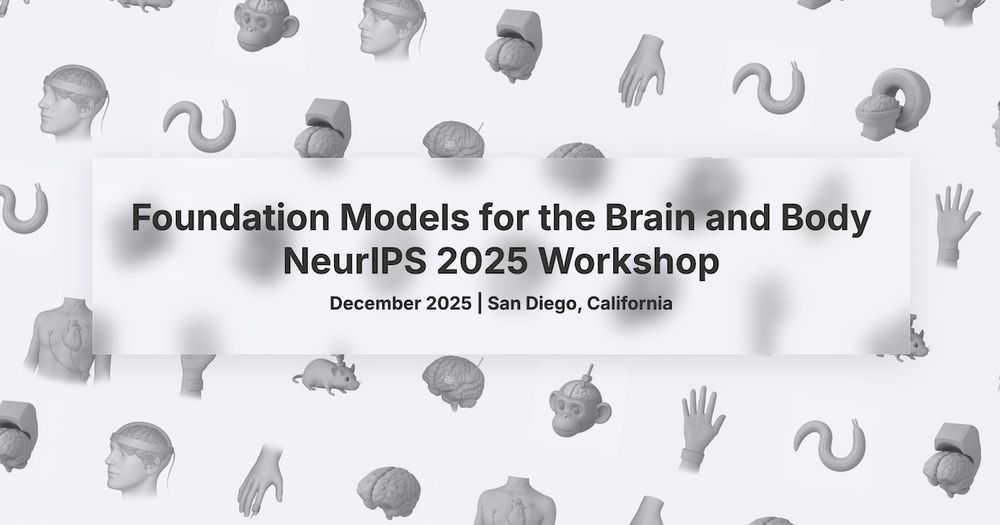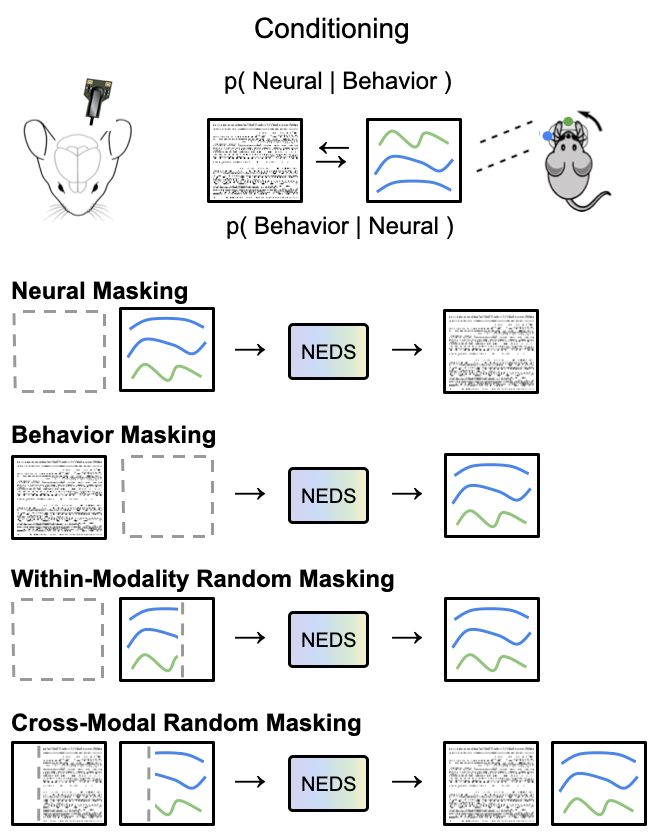Cole Hurwitz
@colehurwitz.bsky.social
1.2K followers
520 following
65 posts
Comp neuroscientist. Postdoc at Zuckerman Institute and IBL. Co-creator of SpikeInterface. Developing foundation models for the brain.
Posts
Media
Videos
Starter Packs
Pinned
Reposted by Cole Hurwitz
Reposted by Cole Hurwitz
Reposted by Cole Hurwitz
Reposted by Cole Hurwitz
Dr. Eva Telzer
@evatelzer.bsky.social
· Apr 30
Reposted by Cole Hurwitz
François Fleuret
@francois.fleuret.org
· Apr 28
Cole Hurwitz
@colehurwitz.bsky.social
· Apr 27
Cole Hurwitz
@colehurwitz.bsky.social
· Apr 22
Cole Hurwitz
@colehurwitz.bsky.social
· Apr 21
Cole Hurwitz
@colehurwitz.bsky.social
· Apr 21
Cole Hurwitz
@colehurwitz.bsky.social
· Apr 21
Cole Hurwitz
@colehurwitz.bsky.social
· Apr 21

In vivo cell-type and brain region classification via multimodal...
Current electrophysiological approaches can track the activity of many neurons, yet it is usually unknown which cell-types or brain areas are being recorded without further molecular or...
openreview.net
Reposted by Cole Hurwitz
Cole Hurwitz
@colehurwitz.bsky.social
· Apr 19
Cole Hurwitz
@colehurwitz.bsky.social
· Apr 18









